Interactive fiction

Interactive fiction, or IF, is a genre of computer software that presents a fictional, interactive narrative to a user. Based on the user's choices, the story can change every time it is experienced.
IF enables an author to tell a story using animated visual effects, music, sound effects, and dynamic, diverging storylines. By punctuating storytelling with interaction from the user, the author has greater control over how the user experiences the story.
Interactive fiction software runs as an app, an emulated virtual machine, or a web app that runs in the browser.
History of IF
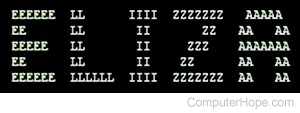
Interactive fiction has its roots in the early computer programs ELIZA (1964) and SHRDLU (1968), both developed at MIT (Massachusetts Institute of Technology). They implemented NLP (natural language processing) to accept natural language text input and respond in the same language, using techniques of Rogerian psychotherapy to encourage conversation. The following is an example of a user interacting with ELIZA.
ELIZA: Is something troubling you ? YOU: Yes. I'm trying to write a novel. ELIZA: I see. YOU: What should I write about? ELIZA: You seem unsure what to write about. YOU: Correct. ELIZA: Why would you say that is ? YOU: I want to write something important. ELIZA: Can you think of an example ?
Colossal Cave Adventure
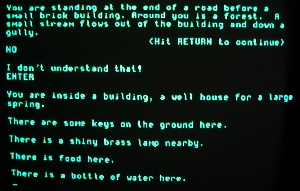
In 1975, software developer Will Crowther wrote Colossal Cave Adventure, the first text adventure game. The game was originally titled Adventure and called ADVENT because of a six-character limit on its file name. Crowther wrote the game in Fortran for the PDP-10 minicomputer, intending it to be played by his school-aged children. The story was based on his experience as an accomplished caver and depicted a magical adventure in the real-world Colossal Cave in Arizona.
In 1977, Stanford University graduate student Don Woods discovered the source code of Colossal Cave Adventure and modified it with Crowther's blessing. The updated game was widely distributed on ARPAnet, the direct precursor to the Internet.
Zork and the home computer revolution
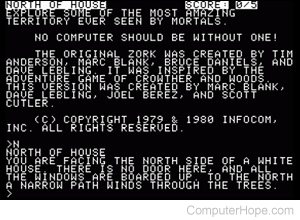
The development of Adventure coincided with the home computer revolution, with the "trinity" of the Apple II, Commodore PET (Personal Electronic Transactor), and TRS-80 computers all being released in 1977.
Marc Blank and Dave Lebling began developing the influential text adventure game Zork at MIT's Laboratory for Computer Science the same year.
Infocom

In 1979, the software company Infocom was founded by ten MIT alumnae. Their first published software was Zork for the TRS-80. The game was a success and remains legendary today, having ushered in the era of interactive fiction in video games.
IFComp
Launched in 1995, IFComp (Interactive Fiction Competition) is an open competition of interactive fiction stories organized by Stephen Granade. Judging of the annual competition is open to the public, and anyone may contribute to increase the prize amount.
IFTF

The IFTF (Interactive Fiction Technology Foundation) is a nonprofit organization founded on June 30, 2016, in Cambridge, Massachusetts. Its stated purpose is to maintain archival software and hardware required to experience legacy IF and foster developing new IF technologies.
The IFTF organizes and hosts an annual games conference, NarraScope, and has operated the IFComp since 2016.
Tools
Interactive fiction can be written from scratch in any programming or scripting language. Any program that tells a story to the user, and tells it differently depending on the user's input, is interactive fiction.
Interactive fiction can also be written with the help of specialized utilities, libraries, or platforms. Examples of IF creation tools include:
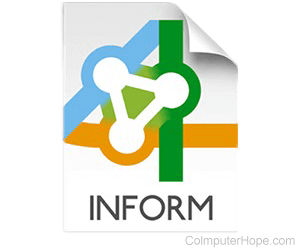
Inform
First developed in 1993 by Graham Nelson, Inform is a programming language that specializes in English language interactive fiction. The system compiles the author's interactive fiction code to a virtual machine running on the user's device. Stories can run on Windows, macOS, Linux, or Android.
TADS
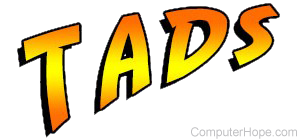
First developed in 1988 by Michael J. Roberts, TADS (Text Adventure Development System) is a programming language and collection of standard libraries. The TADS compiler and interpreter are available for Windows, DOS, macOS, and Unix-like operating systems, such as Linux and BSD (Berkeley Software Distribution).
Twine

First released in 1999 by developer Chris Klimas, Twine is an open-source visual IDE (integrated drive electronics) for creating interactive stories. Twine stories run in the browser, and the user makes story choices by clicking hyperlinks.
Computer programming is not required to create Twine stories, but JavaScript can be added to the whole story or an individual story passage. The Twine authoring software can run on Windows, macOS, Linux, or in the web browser.
IF pioneers
The following computer pioneers are known for their contributions to interactive fiction.

- Marc Blank — co-creator of the original Zork (1979) and co-founder of Infocom.
- Amy Briggs — American software designer and author of the IF games Plundered Hearts (1987) and Gamma Force (1988).
- Mary Buckles — author of Interactive Fiction as Literature (1987).
- Stu Galley — former senior game designer at Infocom and author or co-author of IF titles The Witness (1983), Seastalker (1984), and Moonmist (1986).
- Steven Meretzky — author of the computer games The Hitchhiker's Guide to the Galaxy (1984), Leather Goddesses from Phobos (1986), and Zork Zero (1988).
- Brian Moriarty — author of two games for Infocom, Wishbringer (1986) and Beyond Zork: The Coconut of Quendor (1987).
- Andrew Plotkin — author of the award-winning games Spider and Web (1998), Hunter, in Darkness (1999), and Shade (2000).
Adventure games, Computer acronyms, Interactive program, Interactive video, Software terms
